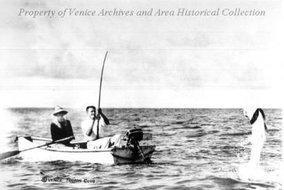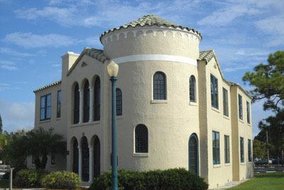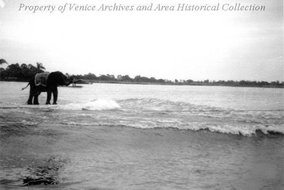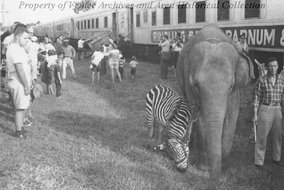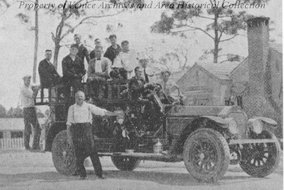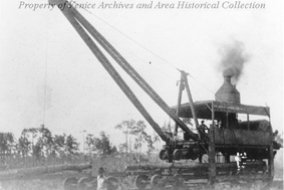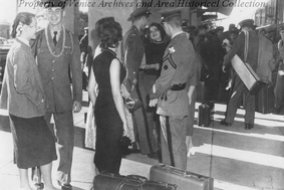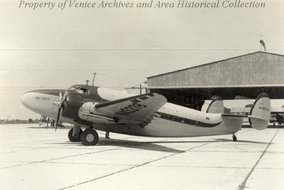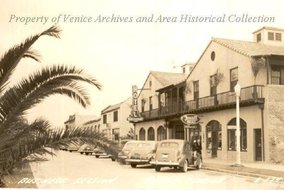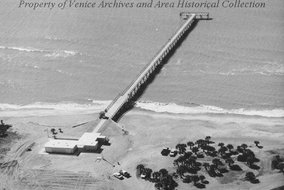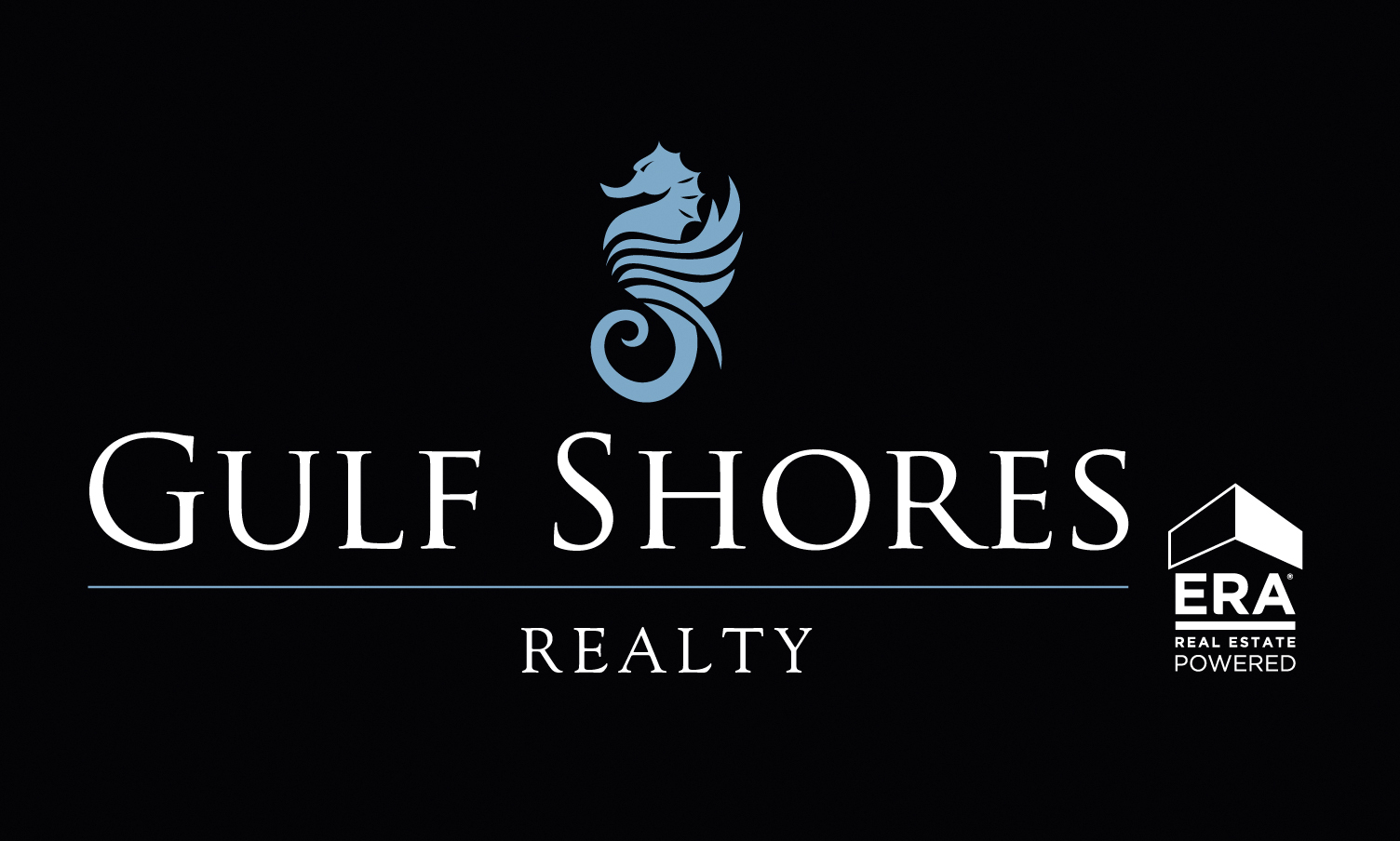History of the Venice Area
Venice Museum and Archives
Address Information: 351 Nassau Street S., Venice, FL 34285
Contact Information:
Phone: 941-486-2487
Written by Marge Stolte
As long as humans have existed in the Americas, people have chosen to live in this Gulf Coast paradise destined to become known as Venice. Even during the last ice age, people thrived on the shores of this bountiful land. Traces of settlements from over 10,000 years ago are found as far as 100 miles offshore. Due to substantially lower sea levels at that time, the Florida peninsula was twice as wide as it is today. In an environment of vast savannas, grassland, and open prairies, the ancient Paleo people hunted long extinct animals including the mammoth, mastodon, cave bear, horse, bison, and even camel. As a result, Venice and surrounding areas are rich in history and important archaeological sites.
Over many thousands of years, the aboriginal people flourished, ultimately giving rise to the mighty, expansive Calusa Indian nation. Dominating most of South Florida, this substantial civilization thrived for innumerable generations. Evidence of their passing includes impressive canal systems, beautiful carvings, and huge mounds. Depending upon their location, mounds were constructed utilizing shell, debris, or earth, some of which can still be seen today. A 5,000 year-old mound, left by unnamed Native American people, can be observed at Historic Spanish Point in Osprey.
Ponce de Leon put the peninsula on the map in 1513, calling it La Florida, chosen in honor of landing during the Easter Feast of Flowers. He returned to a nearby island along the gulf coast in 1521 with hundreds of settlers, attempting the first European settlement in North America. The Calusa people denied the encroachment, mortally wounding the conquistador. Nonetheless, the Spanish wave continued during the 16th century. After repeated exposure to European illnesses, the large, long-enduring native population became extinct within a time span of only about 200 years. With no roads into the area, early 19th century seafaring pioneers were able to locate the small inlet to the bays by sighting a formation of trees resembling a horse and carriage. Hence, the earliest known name for the Venice area was Horse & Chaise. For a time, the first post office in the immediate area was called Eyry, intended to mean the nest of a predatory bird, actually spelled Aerie.
Without a harbor, early growth was slow until the Homestead Act, promising 160-acre land tracts, ushering in an era of new settlement. The first takers were John and Eliza Webb, settling in the Osprey area in 1867 with their five children. The Reverend Jesse Knight, his wife Rebecca, and some of their brood of fifteen quickly followed them, settling on the south side of Dona Bay. A few years later, Robert Roberts came to the south side of the bay still named after him.
Memories of Venice, Italy led settler Frank Higel to submit the name Venice for the 1888 post office in what is today the Nokomis area. In 1910, Bertha Honore Palmer’s purchase of a 140,000-acre land tract facilitated the extension of the Seaboard Airline Railroad from Fruitville to a point south of Roberts Bay. She called the terminus Venice, and had the post office relocated to the new depot. The citizens north of Roberts Bay ultimately chose another name, settling on ‘Nokomis,’ the name of Hiawatha’s grandmother.
In 1916, Dr. Fred Albee, a bone specialist from New York, purchased a considerable quantity of property from the Palmer holdings. Dr. Albee, envisioning a planned community, commissioned the well-known planner John Nolen to design the layout of the city. The Brotherhood of Locomotive Engineers (BLE), North America’s oldest rail labor union, purchased 50,000 acres from Dr. Albee in 1925. The BLE utilized the Nolan plan to build a retirement community directly on the beautiful gulf coast. The city of Venice was incorporated in 1927, with Ned Worthington serving as the first mayor. Today, the flavor of the traditional Italian architecture originally created is readily seen throughout the city of Venice.
The four-story Woodmere Lumber Mill, founded by Herman Kluge in 1918, provided most of the lumber used in the building of Venice. Originally called Manasota, the mill employed about 1,500 people and cleared longleaf pine forests from thousands of acres of land. The 10-acre mill town was destroyed by fire and abandoned by 1930. Foundation stones from Woodmere were incorporated into the construction of the Venice Jetties in 1937.
1928 brought the first Tamiami Trail, a nine-foot wide route connecting Tampa and Miami, called The Velvet Highway, down the coast through the Venice area. Just a few years later, the end of the land boom and the economic depression brought an end to the BLE development, causing many people to leave the area. Venice, in effect, became a ghost town.
In 1932 the Kentucky Military Institute (KMI), the oldest private military school in the country, sought property for winter quarters. Their commander, Colonel C. B. Richmond, personally selected Venice for this purpose, bringing renewed economic life into the city. KMI remained a vital factor within Venice for many years, until ceasing operations in 1970. The influx of people following the establishment of the Army Air Base in 1942 substantially added to the economic stability of the Venice area. The Florida Medical Center, started by Dr. Albee in 1933, was transformed into a military hospital. Combat pilots and ground crews were trained at the base until November 1945. In 1952 an offering of 19,000 platted lots encouraged the growth of the new community of South Venice. Each 40′ x 100′ lot, requiring a minimum of two for building, sold for $200. Building began in July of 1953, and by the middle of 1954, most had been sold.
Utilizing the existing rail lines, the Ringling Brothers Barnum & Bailey Circus began to winter in Venice in 1960. By 1962, the population had reached 27,000, a significant increase from the 1957 number of 10,000.
Construction of the 150-mile West Coast Inland Waterway (Intracoastal Waterway) began in 1960 as the dredge “Dauntless” carved the way at about 2 miles per month. The waterway expanded boating opportunities and created the island of Venice. The $15.5 million project was dedicated in 1967.
Venice enjoys a rich and varied heritage, only briefly touched upon here. Venice is a designated Florida MainStreet City, as awarded by the State of Florida for Historic Preservation. Many other people and events, from cattle ranchers to fishermen, from orange groves to turpentine stills and from Seminole Indians to dedicated public servants, all blend together to create the captivating city on the gulf we enjoy so much today. This is our Venice.
